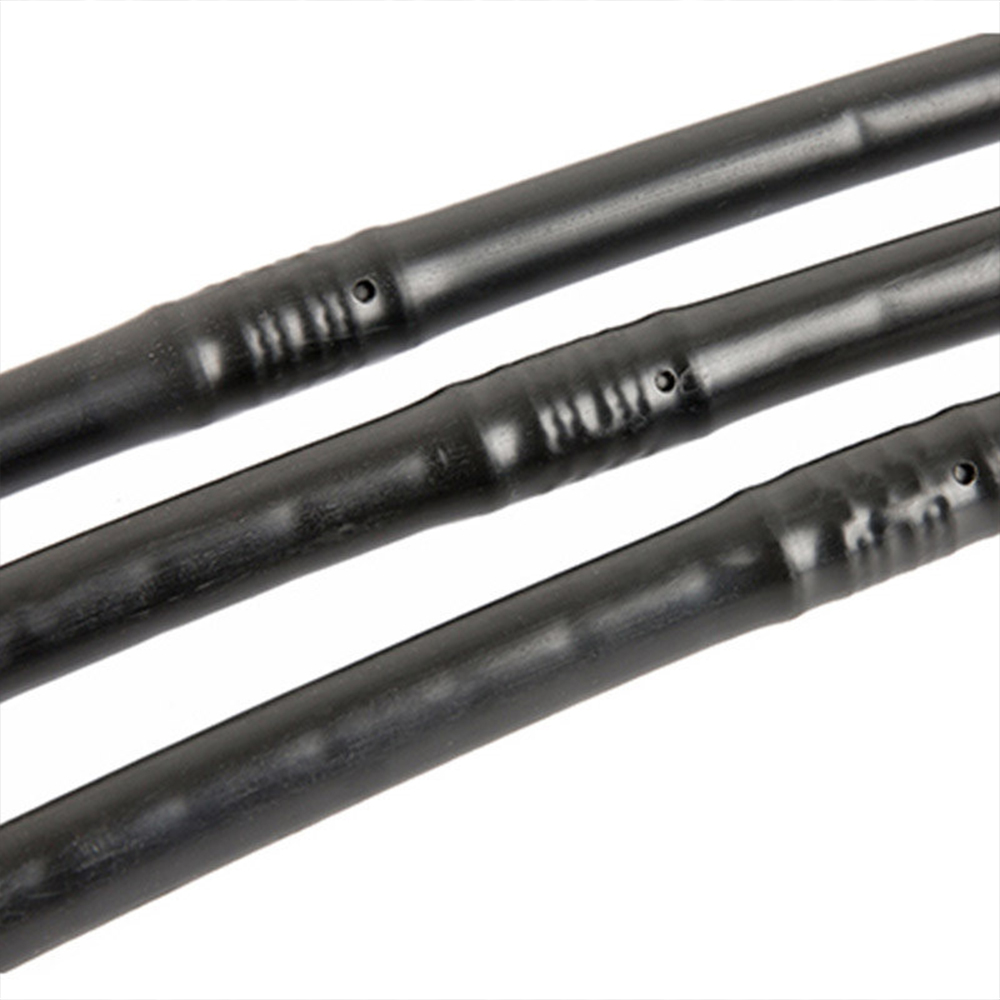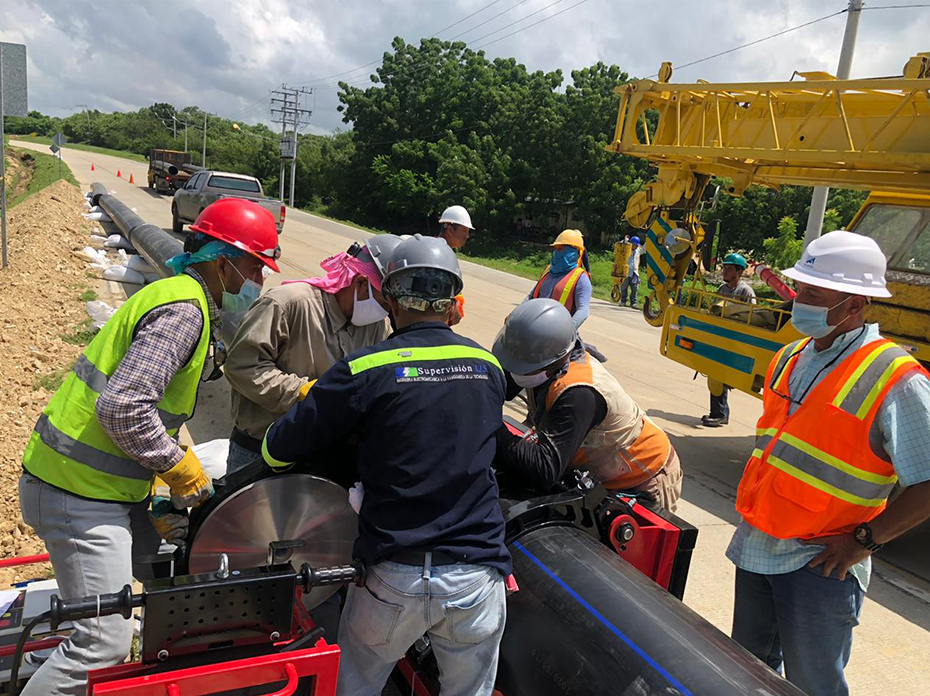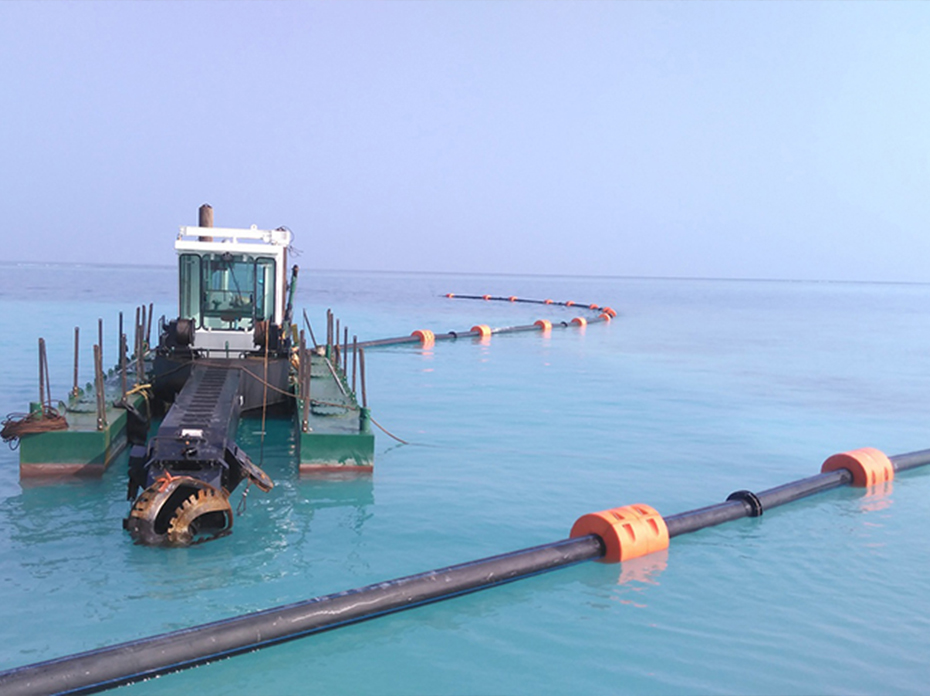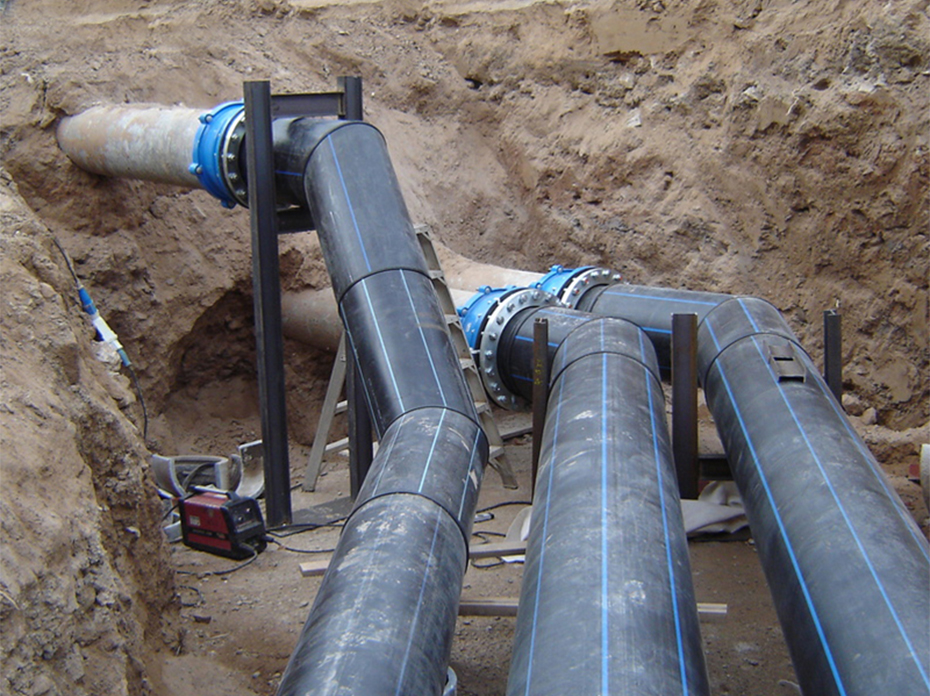In today’s agricultural and landscaping industries, efficient water management is more critical than ever. The right irrigation setup, including irrigation pipes, drip hoses, and sprinkler pipes, can make a significant difference in crop health and water conservation. Modern systems like drip irrigation and sprinkler systems are designed to deliver water precisely where it’s needed, saving resources and improving crop yield. This article will explore the different types of irrigation pipes and tubing, their applications, and the benefits they offer to farmers and gardeners.
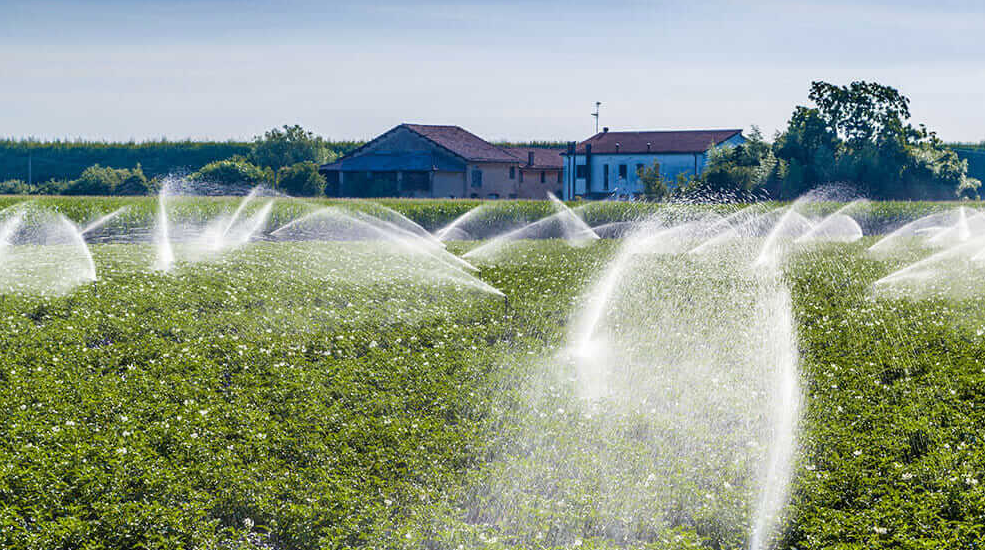
Understanding Irrigation Systems and Their Components
- Drip Irrigation
Drip irrigation is a low-pressure, high-efficiency method that delivers water directly to the base of plants through a network of drip hoses and irrigation tubing. This method minimizes water waste due to evaporation and runoff. Drip irrigation tubing comes in different diameters and wall thicknesses to accommodate various water flow requirements, ensuring plants receive the right amount of moisture. - Sprinkler Irrigation
Sprinkler systems distribute water above the ground, imitating rainfall. They use sprinkler pipes that are designed to handle higher water pressure than drip systems. Sprinklers are effective for larger areas, making them popular for crop fields, lawns, and gardens.
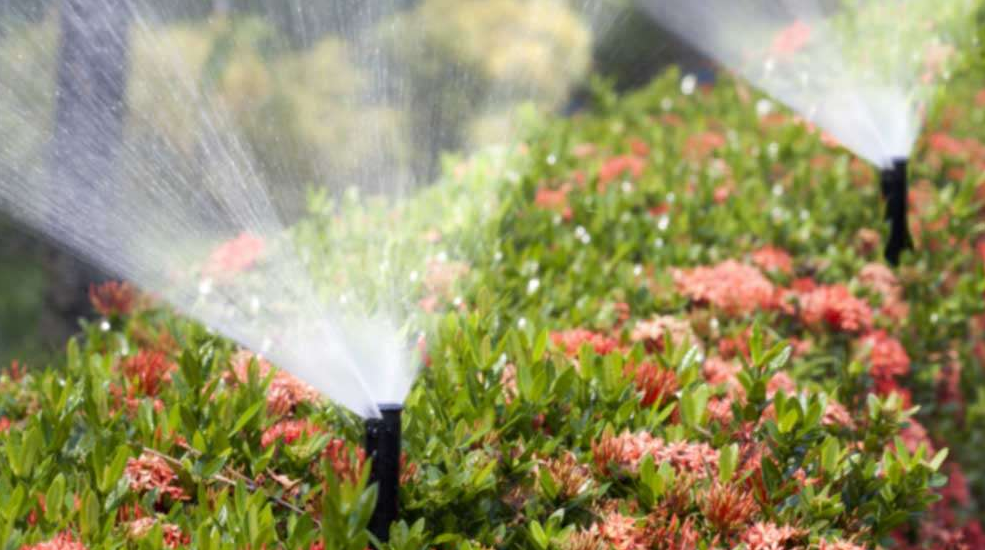
Types of Irrigation Pipes and Their Uses
- Polyethylene (PE) Pipes
Polyethylene pipes are flexible and can be buried or used above ground. They are commonly used in drip irrigation because they withstand UV rays and fluctuating temperatures well. PE pipes are also compatible with drip hoses and drip irrigation tubing. - PVC (Polyvinyl Chloride) Pipes
PVC pipes are a popular choice for both drip and sprinkler systems due to their durability and resistance to corrosion. They are lightweight, easy to install, and available in various sizes to suit different irrigation needs. - Flexible Poly Tubing
Flexible poly tubing is ideal for setting up intricate dripping line networks in gardens or greenhouses. It is easy to cut and connect, making it a versatile option for small and medium-sized irrigation projects.
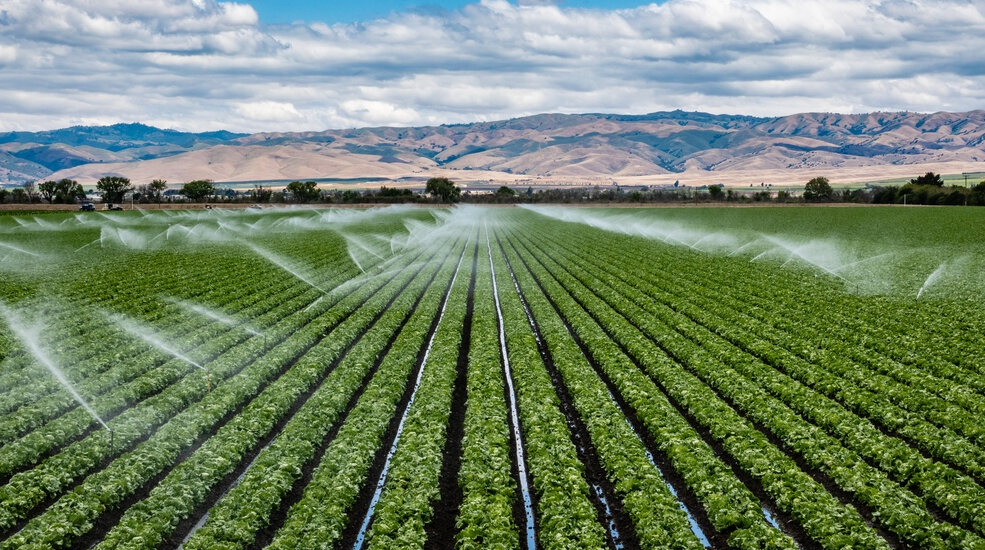
Drip Hose & Irrigation Tubing: Essentials for Water Efficiency
- Drip Hoses
A drip hose irrigation system consists of hoses with small, evenly spaced holes along their length. These holes allow water to drip out gradually, creating a consistent, low-pressure water flow that benefits the plants without overwhelming them. Drip hoses are ideal for garden beds, landscaping, and small-scale agriculture. - Irrigation Tubing
Drip irrigation tubing is used in both residential and commercial systems. It is available in various diameters, typically ranging from 1/4 inch to 1/2 inch, and is often connected to a larger mainline irrigation pipe. Irrigation tubing is flexible and can be maneuvered around plants, trees, or obstacles, making it ideal for customized irrigation layouts.
Advantages of Drip and Sprinkler Irrigation Systems
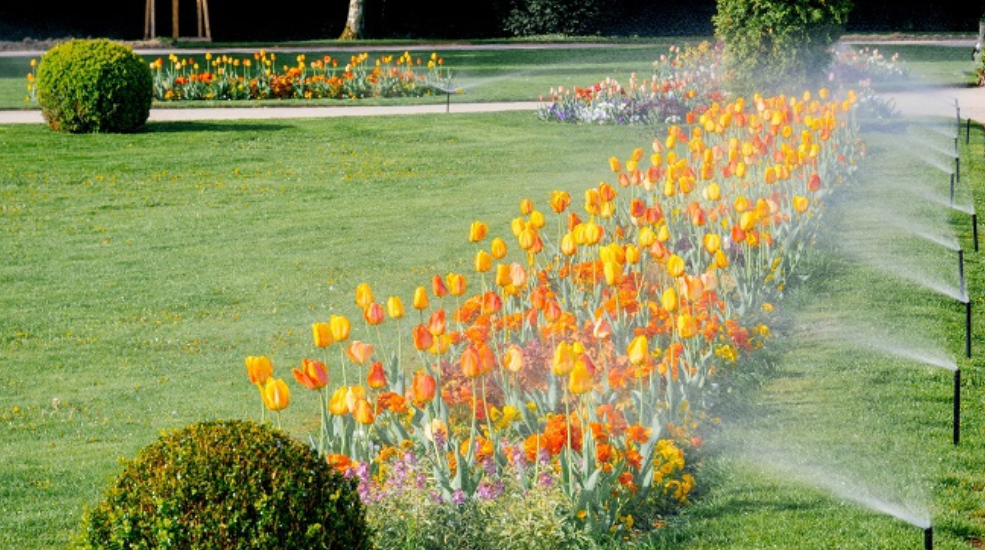
- Water Efficiency
By delivering water directly to plant roots, drip irrigation systems reduce evaporation and runoff. Sprinklers also provide even water coverage, but some systems now include water-saving nozzles to limit excess spray. - Improved Plant Health
Direct watering methods such as drip hose irrigation reduce soil erosion and nutrient leaching, promoting healthier root growth. Sprinklers distribute water evenly over a large area, preventing dry spots and ensuring that all plants receive sufficient moisture. - Reduced Weed Growth
Since drip irrigation tubing directs water to the root zones only, areas between plants remain dry, inhibiting weed growth. This is especially beneficial in agriculture, where reducing weeds translates into less competition for water and nutrients. - Energy and Cost Savings
Drip and sprinkler systems often use lower water pressure, which can reduce energy costs. With less water wasted, farmers and gardeners save on their water bills, making these systems more cost-effective in the long term.
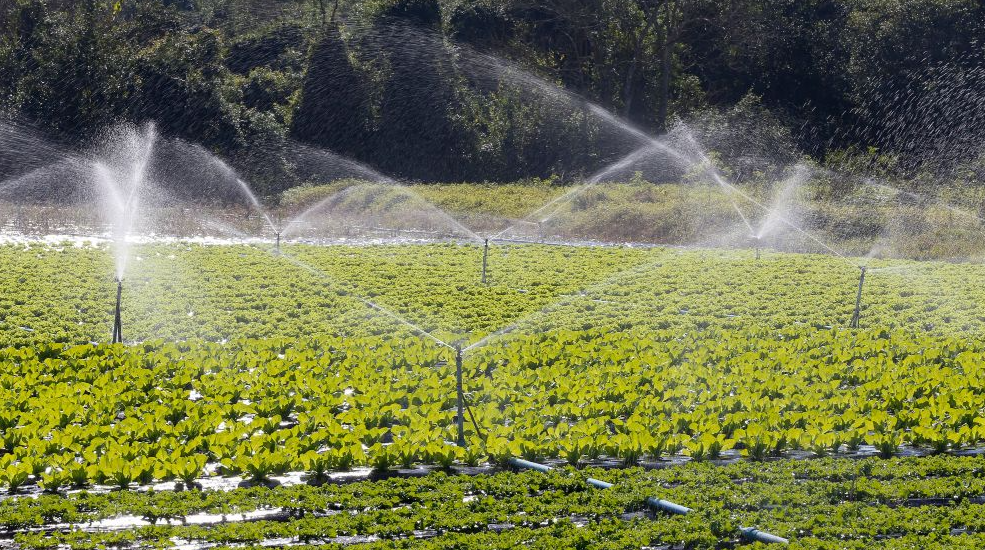
How to Choose the Right Irrigation Line for Your Needs?
- Water Pressure
For drip systems, use low-pressure drip hoses and tubing to ensure a slow, controlled water release. Sprinkler pipes, however, need to handle higher pressure to ensure even water distribution over a larger area. - Diameter and Flow Rate
The diameter of the irrigation pipe and tubing impacts water flow. Smaller-diameter drip tubing is suitable for container plants and garden beds, while larger pipes are used for the main irrigation line in larger systems. - Flexibility and Durability
In drip systems, flexible tubing allows for easier installation and adjustments around plants. For underground sprinkler systems, more rigid pipes like PVC provide strength and durability.
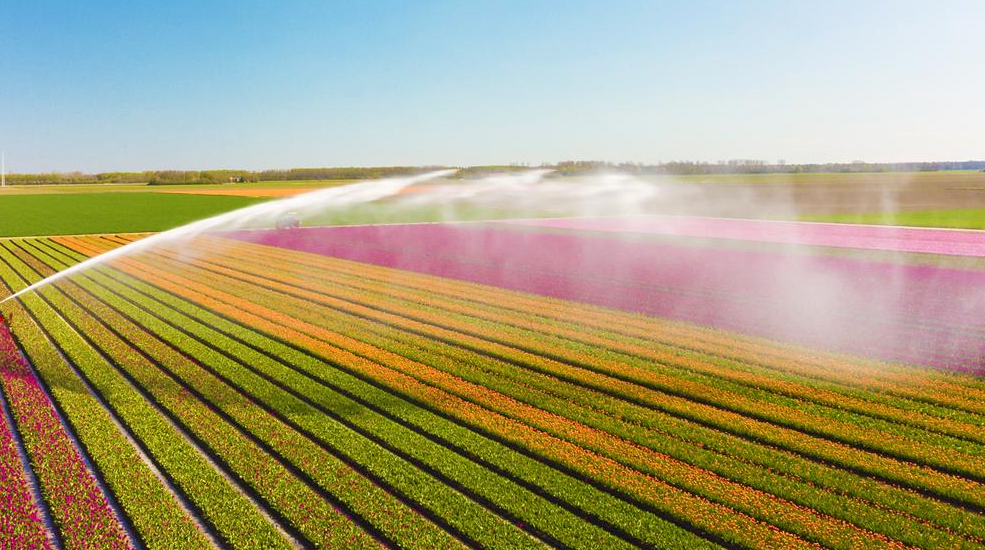
Installation Tips for Irrigation Pipes and Tubing
- Planning and Layout
Start by mapping out your garden or field area to ensure that the layout covers all plants. Mark where sprinkler pipes or dripping hoses will be placed for optimal water distribution. - Connecting the System
Use connectors and fittings designed for your type of irrigation pipe. For drip systems, ensure that all tubing and hoses are connected tightly to prevent leaks. For sprinkler systems, install the pipes underground, leaving the sprinkler heads exposed above the surface. - Maintaining Water Pressure
Keep an eye on water pressure, as it affects the efficiency of the system. Low-pressure systems can lose effectiveness if pipes become clogged or damaged, so regular maintenance is essential. - Regular Inspections
Drip and sprinkler systems benefit from periodic inspections to detect any leaks, blockages, or damage. Regular maintenance will extend the life of your irrigation line and help avoid costly repairs.
You are welcome to : phone call, Message, Wechat, Email& Seaching us, etc.


